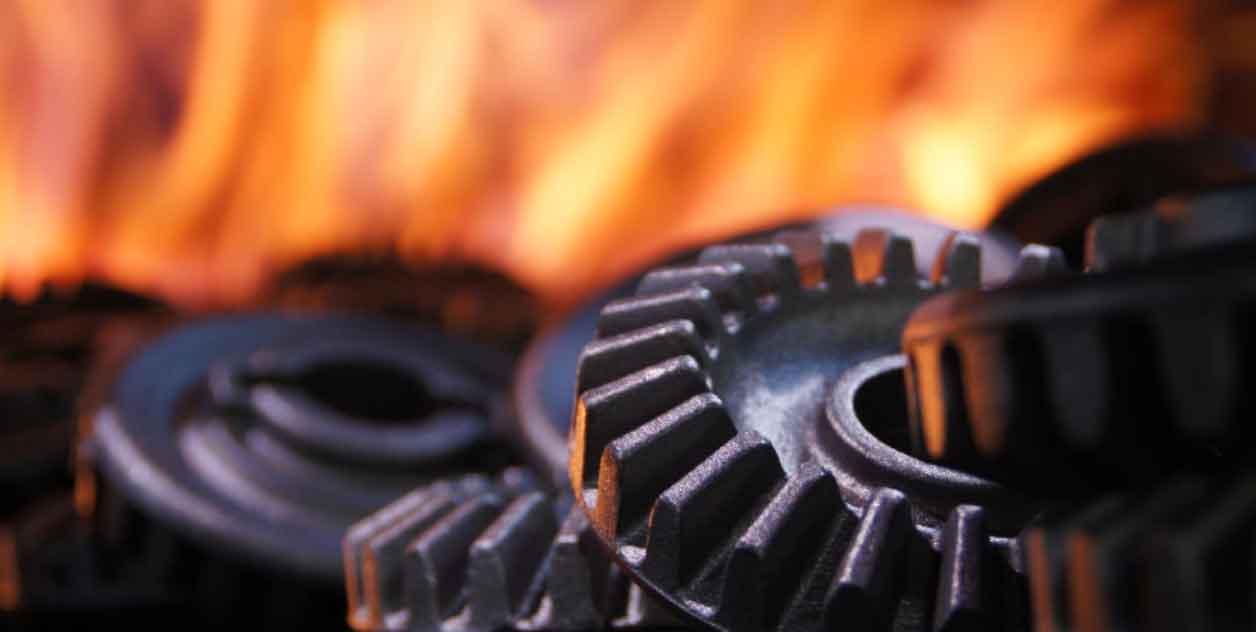
Gear forgings have revolutionized gear system manufacturing by offering superior efficiency and performance compared to other manufacturing methods. With their inherent strength, durability, and precise engineering, gear forgings optimize power transmission, reduce energy losses, and enhance overall system performance. This article explores how gear forgings enhance efficiency and performance in gear systems across various industries.
I. Minimized Power Losses:
Gear forgings contribute to reduced power losses in gear systems. Their precise dimensional accuracy ensures proper gear meshing, minimizing backlash and slippage. The refined grain structure achieved through forging reduces internal friction, resulting in smoother gear operation and improved power transmission efficiency. With gear forgings, energy losses due to vibration, noise, and heat generation are minimized, enhancing the overall efficiency of the system.
II. Enhanced Strength and Durability:
Gear forgings excel in demanding applications where strength and durability are critical. The forging process creates gears with superior mechanical properties, including higher tensile and fatigue strength. This enables gear systems to withstand heavy loads, shock loads, and extreme operating conditions without compromising performance. The enhanced durability of gear forgings translates to longer service life, reduced downtime, and increased reliability in gear systems.
III. Optimal Load Distribution:
Gear forgings facilitate optimal load distribution in gear systems. The precise tooth profiles and meshing characteristics achieved through forging ensure uniform load distribution across the gear teeth. This helps prevent localized wear and tooth damage, leading to improved gear system performance and longevity. Gear forgings also exhibit excellent resistance to pitting, scoring, and surface fatigue, ensuring consistent and reliable operation under varying loads.
IV. Improved Noise and Vibration Control:
Gear forgings contribute to quieter and smoother gear systems. The uniform grain structure of forgings minimizes stress concentrations and reduces the risk of surface irregularities that can cause noise and vibration. The precise shaping and tooth profile accuracy of gear forgings enable tighter gear meshing tolerances, resulting in reduced gear noise and smoother operation. By mitigating noise and vibration, gear forgings enhance the overall comfort and usability of gear systems.
V. Customized Design Optimization:
The flexibility of gear forgings allows for customized design optimization. Engineers can tailor gear geometries, tooth profiles, and other design parameters to meet specific application requirements. This customization optimizes gear system performance by improving gear efficiency, reducing frictional losses, and enhancing load-carrying capacity. Gear forgings enable designers to create gears that are precisely matched to the intended application, maximizing system efficiency and performance.
VI. Application Versatility:
Gear forgings find applications across a wide range of industries. From automotive transmissions and industrial machinery to aerospace systems and power generation equipment, gear forgings offer superior performance and efficiency benefits. Whether in high-torque applications, high-speed environments, or extreme operating conditions, gear forgings consistently deliver optimal performance and reliability.
Gear forgings have become the go-to choice for gear system manufacturers seeking enhanced efficiency and performance. With their minimized power losses, superior strength and durability, optimal load distribution, noise and vibration control, customized design optimization, and versatility across industries, gear forgings unlock the full potential of gear systems. By incorporating gear forgings, manufacturers can achieve higher efficiency, improved reliability, and increased productivity in their gear-driven systems.
